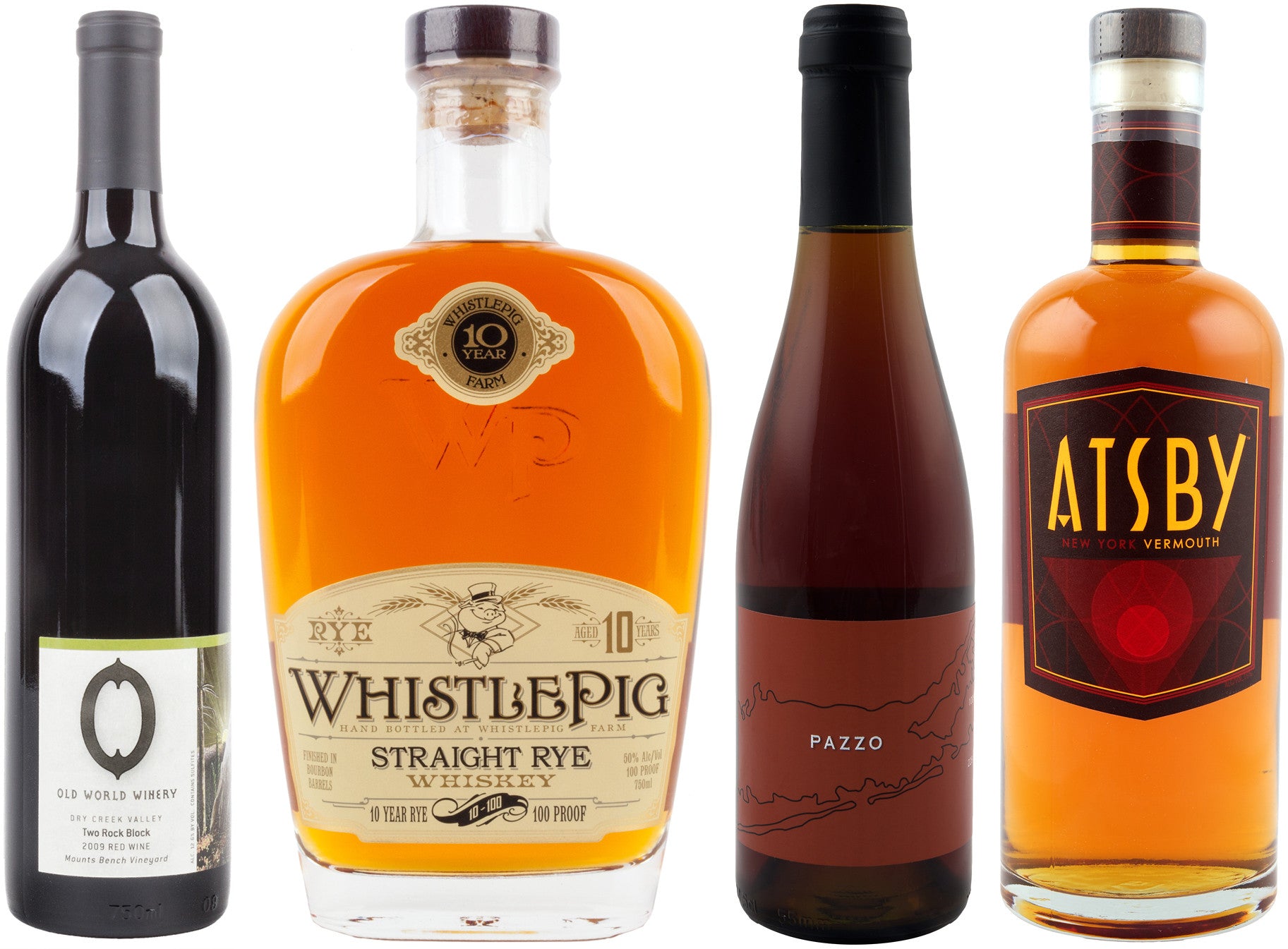
Listen up, students! We're here to help you further your wine education. (If only we could've majored in this in college!)
Alcohol and Tannin
While most of what we know about alcohol we learned, er, outside of the classroom, alcohol serves an important purpose in wine’s overall balance (and, admittedly our own at times). Alcohol (specifically ethanol) is the main product of the yeast fermentation of natural grape sugars. The sugar level, or Brix, in the grapes when picked determines the final alcohol content of the wine. Measured as a percentage of total volume, average alcohol volumes range from 11 to 14 percent. Wines lower than 11 percent alcohol typically come from cooler climates, where grapes struggle to ripen and contain fewer sugars to convert into alcohol (or retain some sugar by design). Wines above 14 percent ABV come from very warm climates that produce very ripe grapes. Yeast stop functioning at 16 percent alcohol, so wines in the 17 to 22 percent range (like sherry, port, Madeira, marsala and vermouth) are, by definition, fortified.
A spinning room isn’t the only thing you’ll notice as alcohol percentages rise. In dry wines, alcohol contributes to the body or weight of the wine in your mouth (aka, mouthfeel). Low-alcohol wines have a light body with a mouthfeel of skim milk. High-alcohol wines have a full body with a mouthfeel of whole milk or cream. In sweet wines, residual sugar will give a wine body even if the alcohol levels are low.
When we swirl a wine and then admire its “legs,” we’re (supposed to be) noticing rivulets on the sides of the glass that relate to the surface tension differences between water and alcohol. The more alcoholic the wine, the slower the legs travel and the more defined they are. So, leggier isn’t better (at least in the wine world) – just higher octane. Wine’s alcohol is felt as warmth in the back of your throat. If a wine burns like a shot of whiskey, then it is considered out of balance or “hot” in wine speak.
Finally, there are tannins (or “talons” as a blind date once upon a time called them not realizing that his error had some metaphoric validity to it). Tannins, organic compounds which come from the grapes’ seeds, skins and stalks, create a gripping, astringent sensation on the roof of your mouth. They are most often found in reds because of the juice’s skin contact, but small amounts can come from the oak barrels used to store wines. Tannins act as a natural preservative for a wine intended to age, giving it structure and “backbone.” Wines made from grapes with thick skins (like Cabernet Sauvignon) can be overly “grippy” in their youth, but tannins fade with age and soften with rich foods, so opt for either cellar time or a big, juicy T-bone with these powerhouse reds.
In a good, well-balanced wine, all of these components should meld seamlessly like instruments in an orchestra. At moments, one may play a solo, but in the end, they should all be in perfect harmony. And that’s a language we can all understand.
